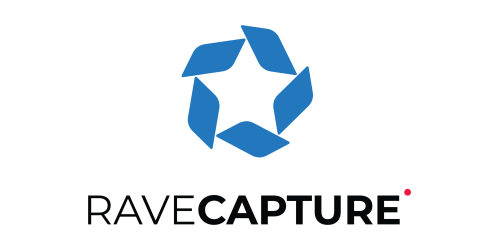
OV SSL Validation Requirements
Samantha ClarkShare
Organization Validation (OV) SSL Certificates provide a robust level of authentication and security for business websites. These SSL Certificates require a thorough verification process to confirm the legitimacy of the organization requesting the SSL Certificate.
Understanding the validation requirements helps ensure a smooth and efficient issuance process through Trustico®
Understanding OV SSL Certificate Validation
OV SSL Certificates represent an intermediate level of validation between Domain Validation (DV) and Extended Validation (EV) SSL Certificates.
The validation process verifies both domain ownership and organizational details, providing visitors with confidence in the legitimacy of the website they are accessing.
The Certificate Authority (CA) conducts comprehensive checks to verify the organization exists and operates legally.
This process typically takes 1-3 business days, assuming all required documentation is submitted correctly and promptly.
Required Documentation for OV SSL Certificate Validation
Organizations must provide official documentation to prove their existence and authority. This includes government-issued business registration documents, articles of incorporation, or equivalent official documentation depending on the jurisdiction.
Additional requirements include proof of physical address, such as utility bills or bank statements dated within the last 90 days.
The organization must also demonstrate operational status through publicly accessible business listings or professional directories.
For organizations operating under a DBA (Doing Business As) name, additional documentation showing the relationship between the legal entity and the DBA name is required.
Domain Ownership Verification
The validation process begins with confirming domain ownership. Organizations can choose from several verification methods, including DNS record modification, uploading a specific file to the web server, or responding to an email sent to an approved domain administrator address.
The domain must be registered and active, with accurate WHOIS information matching the organization details.
Private WHOIS registrations may require additional verification steps to confirm ownership.
Organization Contact Verification
A crucial step involves verifying the authority of the SSL Certificate requester. The CA must confirm that the person requesting the SSL Certificate has the authority to do so on behalf of the organization.
This verification typically occurs through a phone call to a verified business number or through communication with authorized personnel listed in official business records.
The contact must be able to confirm specific details about the SSL Certificate request and organization.
Technical Requirements and CSR Generation
Organizations must submit a properly formatted Certificate Signing Request (CSR) containing accurate information matching the validation documents.
The CSR should include the correct organization name, department, and location details.
The private key associated with the CSR must meet current security standards, typically requiring a minimum 2048-bit RSA key length.
Organizations should securely store the private key as it cannot be recovered if lost.
Common Validation Challenges
Organizations often face delays when submitted documentation contains discrepancies in company names or addresses. Ensuring exact matches between official documents, CSR information, and domain registration details helps prevent these issues.
Another frequent challenge involves outdated or incorrect contact information in business directories.
Organizations should verify and update their public listings before beginning the validation process.
Post-Validation Maintenance
After successful validation and SSL Certificate issuance, organizations must maintain accurate contact information with the CA.
Any significant changes to organization details may require revalidation to maintain SSL Certificate validity.
Regular monitoring of SSL Certificate expiration dates and maintaining current documentation helps ensure smooth renewal processes.
Organizations should establish internal procedures for managing SSL Certificate lifecycles and validation requirements.



